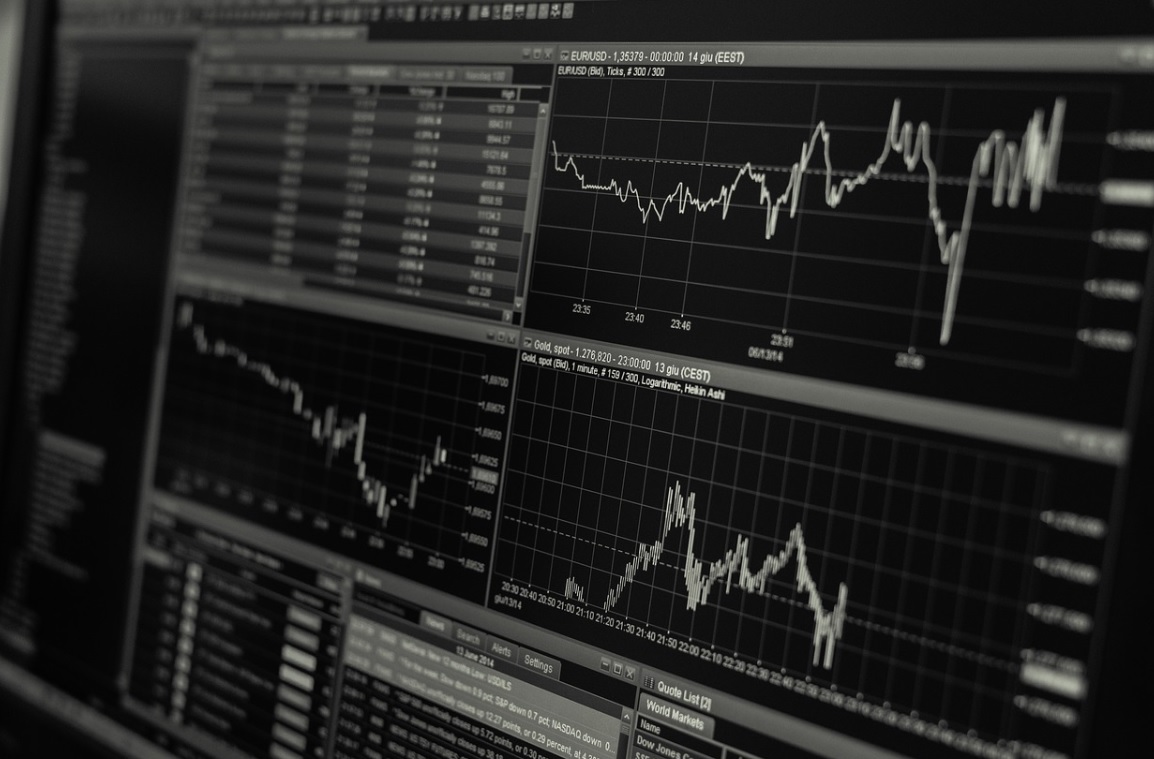Germany's yield curve most inverted since 1992 as recession fears rise

- Country:
- Germany
Germany's bond yield curve traded at its deepest inversion since 1992 on Friday in a potentially worrying sign for Europe's biggest economy. It came as German 10-year bond yields, seen as a benchmark for the currency bloc, rose on Friday but remained on track for their third consecutive weekly fall. Yields move inversely to prices.
Germany's curve inversion extended late on Thursday, with the gap between the 2-year and 10-year government bond yields falling to -27 basis points (bps) and hovering there on Friday before rising to -23 bps. The drop to -27 bps was the widest gap since Oct. 1992, Refinitiv data showed. An inversion is uncommon and is seen by many economists as a precursor to a recession.
When longer-dated yields are lower than those on shorter-dated bonds, it suggests investors expect the central bank to raise interest rates in the short-term before cutting them later to deal with slowing growth. Christoph Rieger, head of rates and credit research at Commerzbank, said it was a sign that investors expect the European Central Bank (ECB) to pause its rate hikes or even cut them next year.
However, he added: "I think they'll continue raising rates more than the market and many people are predicting." Rieger said the German curve has less predictive power than that of the United States, because it takes into account the diverse economies of the euro zone.
Germany's 10-year yield was up 8 bps on Friday to 1.924%, although it remained on track for a more than 9 bp fall for the week. The 2-year yield, which is most sensitive to ECB interest rate expectations, was up 5 bps to 2.156%. It was set to rise for the week, in a sign that investors expect further rate hikes from the ECB in the short term.
Longer-dated global bond yields have dropped sharply in November as signs that inflation is cooling in the United States raised hopes the Federal Reserve could slow its rate hiking cycle, alleviating pressure on other central banks. However, strategists at Societe Generale said in their 2023 outlook on Thursday that they expect the German 10-year yield to shoot back higher and hit 2.5% in the first quarter.
They said that although inflation is peaking in the United States, it is not yet slowing in Europe. SocGen predicted the ECB would hike rates to 3% by May 2023, from 1.5% currently, and keep them there until the end of 2024. Italy's 10-year yield was up 9 bps to 3.761% on Friday, although was on track for its weekly fall in a row.
(This story has not been edited by Devdiscourse staff and is auto-generated from a syndicated feed.)
ALSO READ
Between the US and a hard place, Germany's Scholz reheats China ties
Russia, Germany, UK urge restraint as Iranian threat puts Middle East on edge
ANALYSIS-Climate verdict for Swiss women a warning for European states, oil industry
Holocaust survivors in Israel to get additional funds from Germany
MORNING BID EUROPE-Fed leads race to cut last










